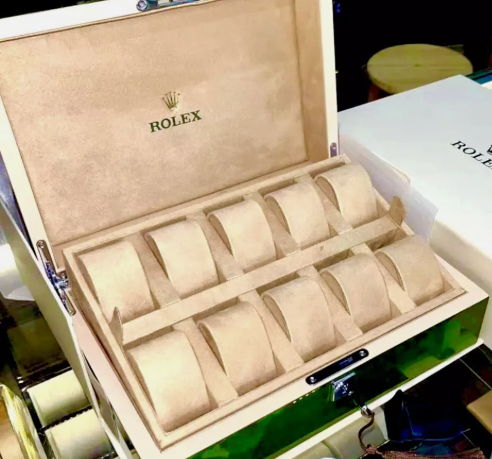

For collectors and casual owners alike, watches are more than just timekeeping instruments—they are investments, heirlooms, and pieces of wearable art. Whether you own a single treasured timepiece or a diverse collection, proper storage and display are vital to maintaining the condition, function, and value of your watches. In this guide, we’ll explore the best practices for storing and displaying watches, with particular attention to environmental control, organisation, safety, and aesthetics.
Watches are intricate mechanical devices that can be affected by numerous external factors including humidity, temperature, dust, and magnetism. Poor storage can lead to cosmetic damage—such as scratches or tarnishing—or functional issues, like degraded lubrication or magnetised movements. Therefore, good storage isn’t just about tidiness; it’s about preservation and protection.
Moisture is one of the biggest enemies of a watch, particularly for vintage or non-water-resistant models. High humidity can lead to:
Best practice: Store watches in a cool, dry environment with humidity levels ideally between 30% and 50%. Use silica gel packs or a dehumidifier in your storage area to absorb excess moisture.
Extreme or fluctuating temperatures can affect the lubricants inside mechanical watches, potentially impairing timekeeping accuracy.
Best practice: Avoid placing watches near windows, radiators, or air-conditioning vents. Room temperature storage (15–25°C) is optimal.
Magnetic fields can disrupt the balance spring in mechanical watches, leading to inaccurate timekeeping or a stopped movement.
Best practice: Keep watches away from electronic devices such as speakers, smartphones, and tablets. Anti-magnetic watch boxes or shields are available for added protection.
Watch boxes are perhaps the most common and versatile storage solution. They typically feature individual padded compartments to protect against scratches and offer easy organisation.
Tips:
Ideal for travellers or those who frequently rotate their collection, watch rolls offer compact protection with padded compartments that keep watches secure during transit.
Tips:
Soft watch pouches are great for short-term storage or single pieces, particularly when travelling light. They are less protective than boxes or rolls but are useful in a pinch.
Tip: Avoid keeping watches in pouches long-term unless they are made from breathable, moisture-wicking materials.
For automatic watches, watch winders simulate wrist movement to keep the watch running when not in use. This can be beneficial for complicated watches with calendars or moonphases.
Best practice:
Many collectors like to display their watches, whether in a cabinet, on stands, or under glass. However, display choices should balance aesthetics with protection.
Display cabinets with glass panels allow you to showcase your collection while keeping dust and curious fingers at bay.
Best practice:
For a more casual, rotational display, padded stands or trays offer accessibility and elegance. These are best for watches in frequent use.
Tips:
These are growing in popularity for enthusiasts who want to turn their collection into décor. However, be cautious about:
Watches can be high-value items, and security should be a key consideration.
For expensive or sentimental watches, a home safe is an excellent investment. Look for safes with:
Some safes come with integrated watch winders or modular compartments for added luxury.
Make sure your watches are properly insured under either your home contents policy or a specialist watch insurance policy. Keep receipts, certificates, and photographs for documentation.
Especially for growing collections, organisation helps you keep track of servicing intervals, warranty periods, and model details.
Apps and spreadsheets are useful for cataloguing your collection. Include details like:
Label storage boxes or drawers subtly, and maintain records of what’s stored where. For high-end collectors, consider a QR-code tagging system or even RFID tracking.
Watch straps, particularly leather ones, also need proper storage to avoid creasing or cracking.
Best practice:
Your storage routine should work in tandem with your maintenance practices.
Tips:
Storing and displaying your watch collection is both a practical and aesthetic pursuit. Done correctly, it ensures your watches stay in excellent working condition, retain their value, and bring you joy every time you see them. Whether you’re curating a high-end collection of Swiss mechanical marvels or cherishing a few classic quartz pieces, thoughtful storage will enhance your ownership experience.
In the UK, where weather and home environments can fluctuate significantly between seasons, it's especially important to be proactive. From choosing the right materials to maintaining the perfect humidity levels, a little extra effort now can prevent costly repairs later.
After all, a well-kept watch is not just a functioning object—it’s a lasting legacy.